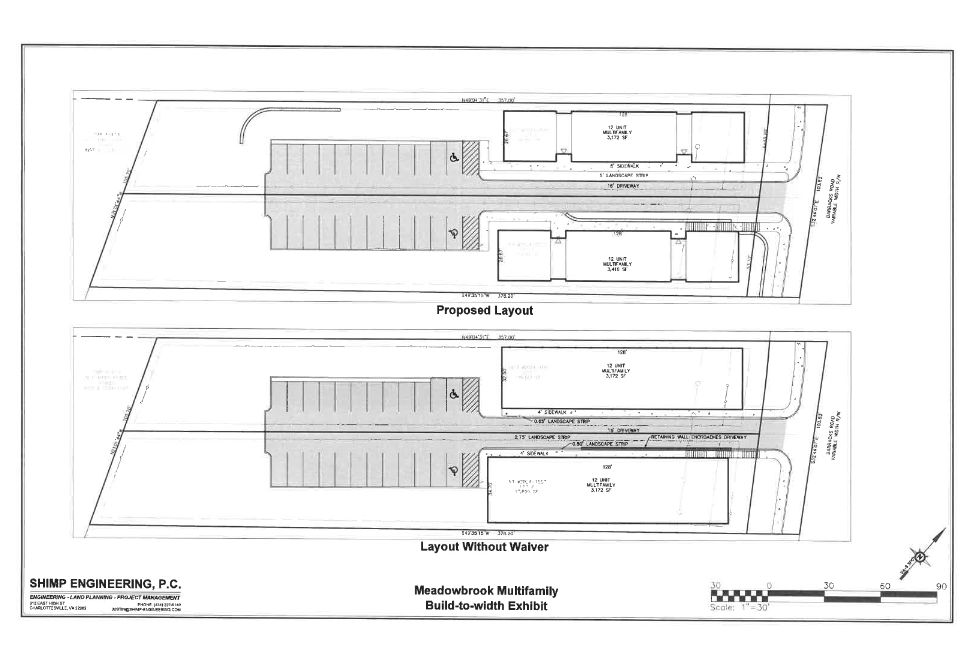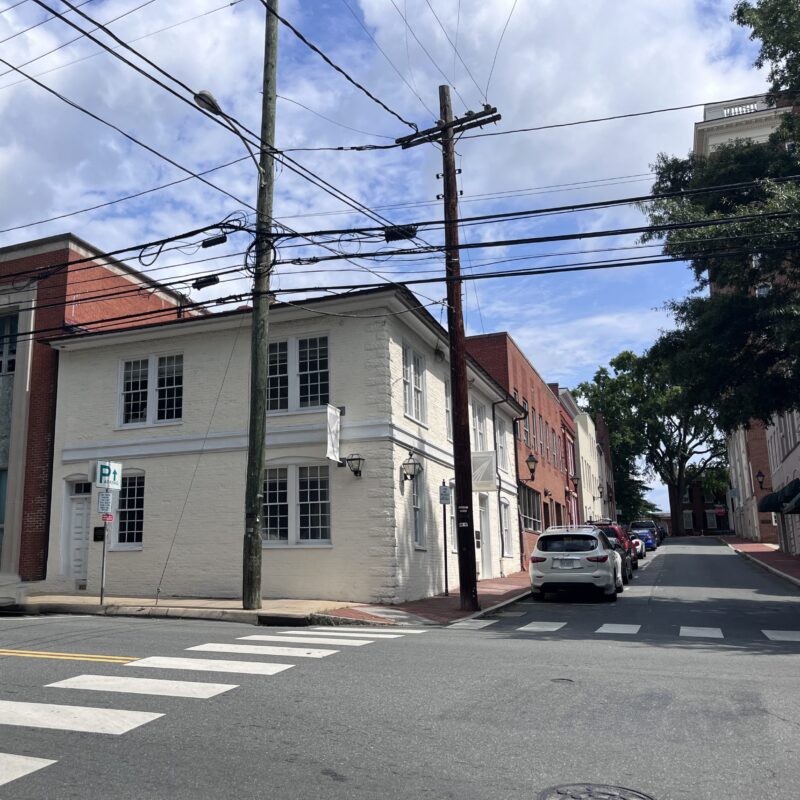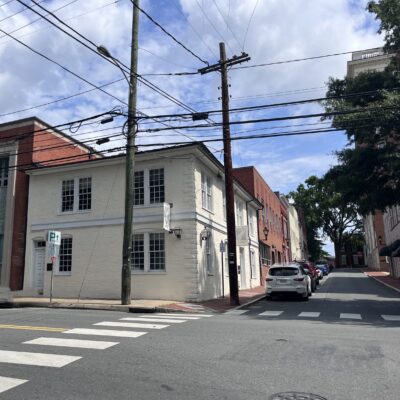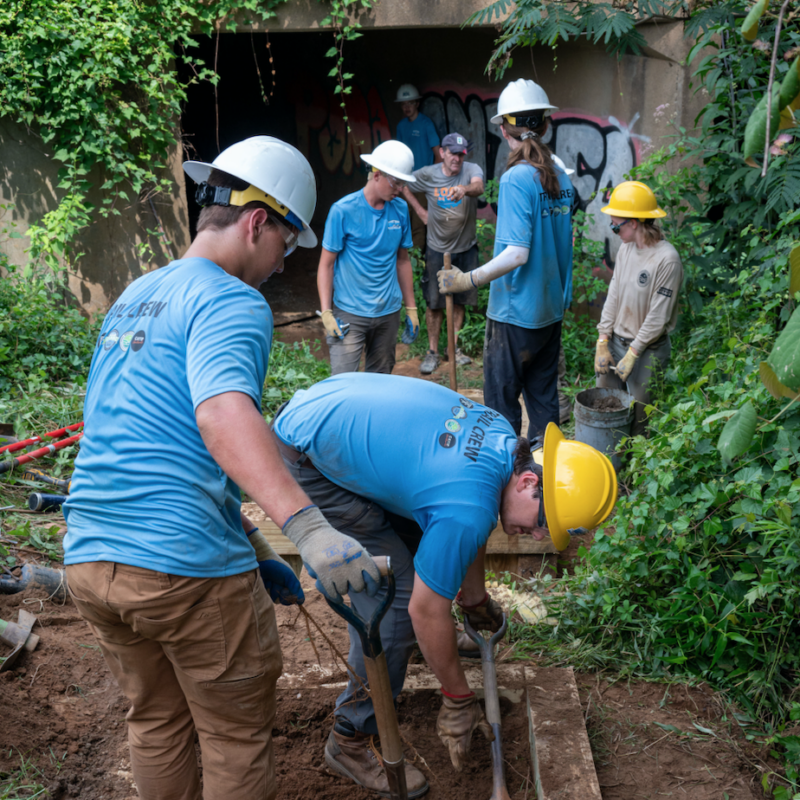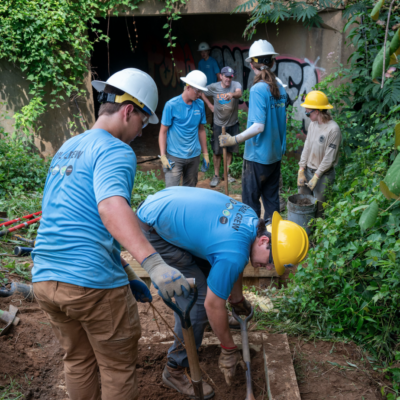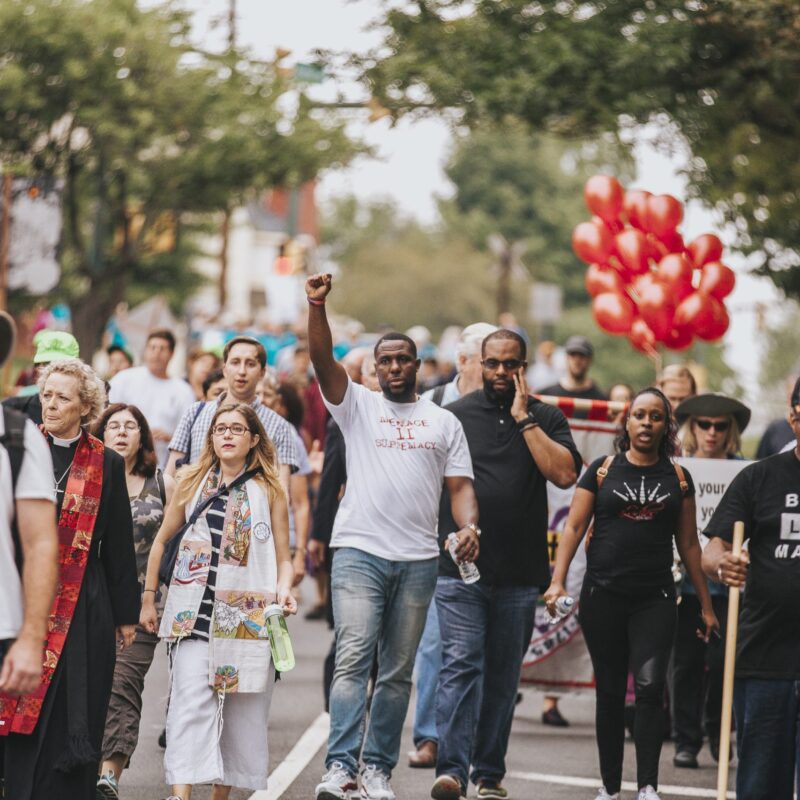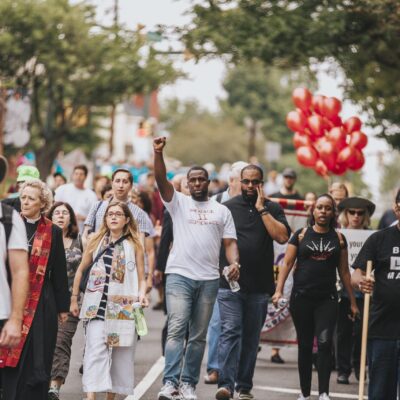As more proposals seek approval under Charlottesville’s new development code, the Board of Zoning Appeals will play a technical role in making some of the decisions. Its meetings will also be one of a few places where people can officially express their objections.
“We are hearing an administrative modification today,” said zoning administrator Read Brodhead at the May 23 BZA meeting. “Administrative modification is something new in our development code.”
Charlottesville is not flat and there are times when a developer needs to make adjustments to fit buildings into the city’s parameters. Greenshire Holdings LLC purchased 2030 Barracks Rd. in June 2024 for $581,500 and filed plans soon after to build 24 units on 0.83 acres of land that’s currently a forest. The developer’s plan is to subdivide the lot and build two buildings with a dozen apartments each.
Prior to the adoption of the new development code, a subdivision of property would have required a rezoning and most likely a special use permit. The new zoning requires buildings to take up 65 percent of road frontage. In the case of 2030 Barracks Rd., one of the two buildings would only take up 61.1 percent of the frontage.
“This is a request to build a smaller building,” said Kelsey Schlein of Shimp Engineering. “We’re basically requesting a building reduction of one and a half feet, effectively.”
Under Virginia Code, the city must notify adjacent property owners if such a request is pending. If any objections are received, the decision on granting the administrative modification goes to the Board of Zoning Appeals.
“I will note I sent five letters out to adjacent property owners and got four objections,” Brodhead said.
Three of the property owners attended the BZA meeting and had the opportunity to make a public comment. However, the BZA must consider three criteria in their determination. Does the standard impose a hardship on the developer? Do other properties share the hardship? Would the modification affect other properties?
Brodhead said he felt the modification was justified because all three criteria had been met.
Neighbor Yates Noble expressed broad opposition to the level of density envisioned close to a busy intersection.
“Twenty-four units with a minimum of 50 residents plus their guests and deliveries and emergency vehicles will bring traffic to a standstill when crossing Barracks Road to enter this road,” Noble said.
Noble also objected to the amount of trees that will be cut over. A permit to remove 67 trees from the property is pending.
Katie Kishore, another neighbor, said the project is asking for too many special exceptions and modifications.
“The developer is requesting a change of location of the driveway, a change of location of the city’s crosswalk, a special exception to build on the slopes, a special exception to omit front entry features, a special exception to eliminate tree canopy, and most importantly today, a build to width modification,” Kishore said. “This hardship has been created by the developer because he wants to split the two lots in order to increase profit.”
When the decision was before the BZA, Chair Genevieve Keller noted the group does not have much latitude.
“We have a very limited purview which doesn’t extend to traffic or environmental considerations,” Keller said.
Keller said she understood the objections, but noted that Charlottesville City Council made the decision to allow a denser city.
“The development rights vested in their properties have changed along with those of their neighbors and within their surroundings,” Keller said. “It’s something we all have to get used to.”
There is a pending lawsuit against the zoning code made by property owners who argue the city did not follow Virginia code by adequately studying the impacts additional density would have on transportation infrastructure.
